13 Best Herbal Creams For Itchy Skin
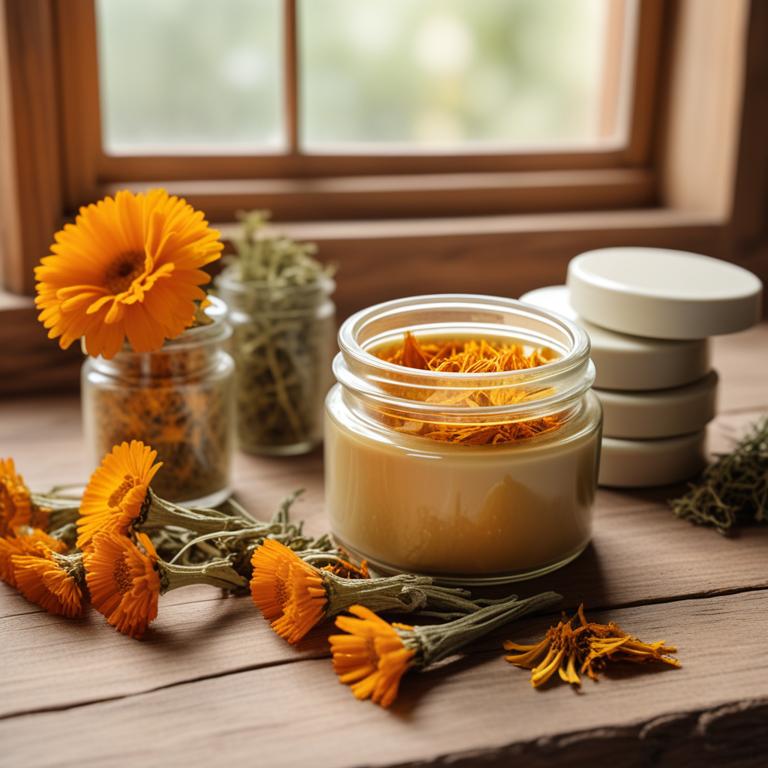
Herbal creams for itchy skin are topical preparations made from plant extracts, used to soothe and calm irritated skin, providing relief from itchiness and discomfort.
The benefits of using herbal creams to treat itchy skin include their natural, non-irritating, and often fragrance-free properties, making them a popular choice for those with sensitive skin.
Examples of herbal creams for itchy skin include Aloe vera gel, which cools and moisturizes the skin, Chamomile cream, which has anti-inflammatory and soothing properties, Calendula cream, which promotes wound healing and reduces redness, and Tea tree oil cream, which has antifungal and antibacterial properties to combat skin infections.
Additionally, other herbal creams such as Echinacea cream, Lavender cream, and Peppermint cream are also used to treat itchy skin due to their anti-inflammatory and cooling effects.
According to "Biological & pharmaceutical bulletin", creams for itchy skin may contain ingredients such as methanol extracts of the root of Scrophularia ningpoensis, the root of Patrinia villosa, the fruit of Forsythia suspensa, the rhizome of Cimicifuga dahurica, the aerial part of Schizonepeta tenuifolia, and the fruit of Cnidium monnieri, which have shown inhibitory activity against substance P-induced itching.
Below there's a list of the 13 best herbal creams for itchy skin.
- 1. Aloe barbadensis creams
- 2. Calendula officinalis creams
- 3. Avena sativa creams
- 4. Echinacea purpurea creams
- 5. Symphytum officinale creams
- 6. Glycyrrhiza glabra creams
- 7. Urtica dioica creams
- 8. Plantago major creams
- 9. Equisetum arvense creams
- 10. Arnica montana creams
- 11. Saponaria officinalis creams
- 12. Silybum marianum creams
- 13. Vaccinium myrtillus creams
Also you may be interested in...
TODAY'S FREE BOUNDLE
Herb Drying Checklist + Herbal Tea Shopping List + Medicinal Herbs Flashcards
Enter you best email address below to receive this bundle (3 product valued $19.95) for FREE + exclusive access to The Aphotecary Letter.
$19.95 -> $0.00
1. Aloe barbadensis creams

Aloe barbadensis creams, derived from the Aloe vera plant, have been widely used to treat itchy skin ailments due to their anti-inflammatory and soothing properties.
These creams contain bioactive constituents such as vitamins A, C, and E, as well as amino acids and fatty acids, which help to calm and moisturize the skin.
The anti-inflammatory properties of Aloe barbadensis creams, particularly the presence of aloin and aloe-emodin, help to reduce itching and swelling by inhibiting the production of pro-inflammatory cytokines.
Regular use of Aloe barbadensis creams can provide long-term benefits, including improved skin hydration, reduced inflammation, and enhanced skin elasticity, making it an effective and natural remedy for itchy skin ailments.
Related Study
According to the information provided, Aloe barbadensis creams for itchy skin have shown potential for treatment due to their efficacy in addressing skin-related disorders.
2. Calendula officinalis creams

Calendula officinalis creams have been used for centuries to treat itchy skin ailments, such as eczema and dermatitis, due to their anti-inflammatory, antimicrobial, and antiseptic properties.
The bioactive constituents of Calendula officinalis, including triterpenoids and flavonoids, help to reduce inflammation, soothe the skin, and promote wound healing, thereby alleviating the itchy sensations.
The benefits of using Calendula officinalis creams for itchy skin include reduced redness and swelling, improved skin hydration, and a decrease in the risk of infection.
By incorporating Calendula officinalis creams into a skincare routine, individuals can experience relief from itchy skin and promote overall skin health.
Related Study
According to "Phytomedicine : international journal of phytotherapy and phytopharmacology", Calendula officinalis creams for itchy skin may be beneficial in treating atopic dermatitis (AD) due to its anti-inflammatory effects, as seen in a three-herbs formula including Cortex Moutan, Herba Menthae, and C. officinalis, which significantly reduced inflammation and promoted wound healing in in vitro and in vivo studies.
3. Avena sativa creams
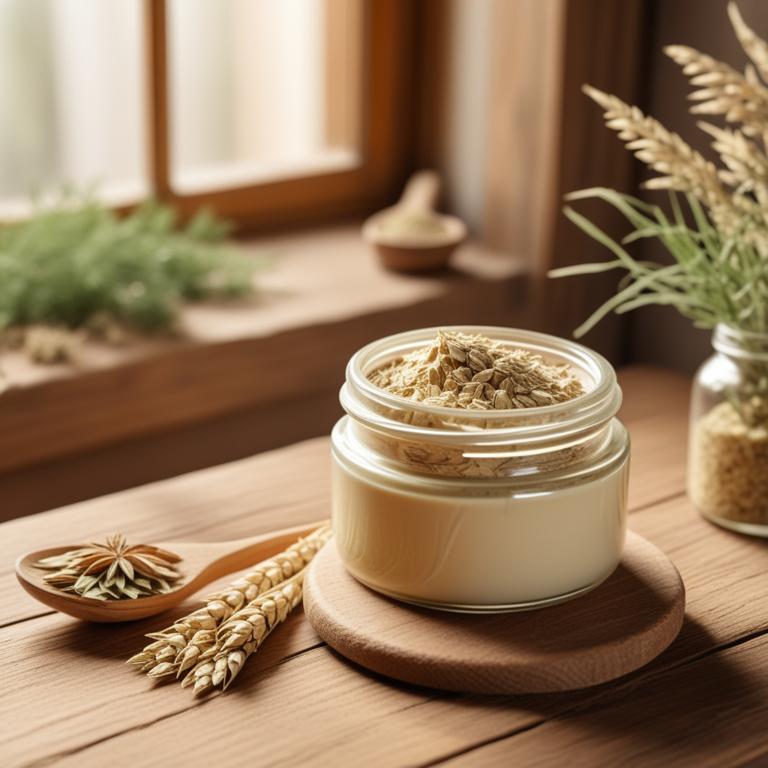
Avena sativa creams have been used for centuries to treat itchy skin ailments, such as eczema and dermatitis, due to their anti-inflammatory and soothing properties that help to calm and relieve irritated skin.
The bioactive constituents of Avena sativa, including avenanthramides, ferulic acid, and avenalin, work together to reduce inflammation, suppress histamine release, and promote skin hydration, making it an effective herbal preparation for treating itchy skin.
The benefits of using Avena sativa creams include reduced redness and itching, improved skin elasticity, and enhanced skin barrier function, allowing individuals to achieve long-lasting relief from itchy skin ailments.
By harnessing the natural anti-inflammatory and soothing properties of Avena sativa, individuals can effectively manage itchy skin conditions and enjoy healthier, more comfortable skin.
4. Echinacea purpurea creams
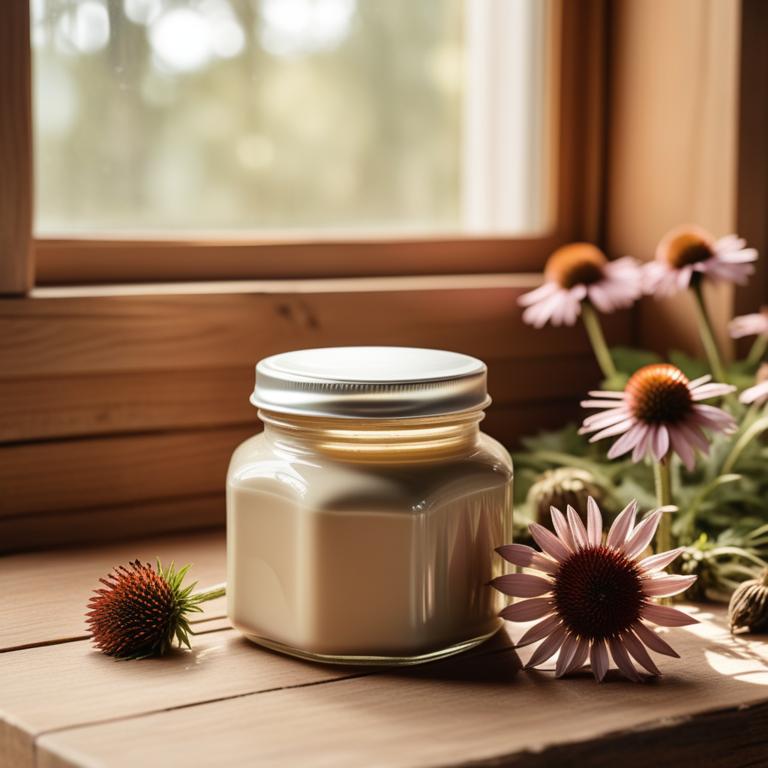
Echinacea purpurea creams have been traditionally used to treat itchy skin ailments due to their anti-inflammatory and soothing properties, which help to calm and comfort irritated skin.
The bioactive constituents of Echinacea purpurea, including alkylamides, caffeic acid, and chicoric acid, have been shown to exhibit anti-inflammatory and antioxidant activities, which contribute to their therapeutic effects.
These herbal preparations help to reduce inflammation and itching associated with skin conditions, promoting a sense of relief and comfort.
The benefits of using Echinacea purpurea creams to treat itchy skin ailments include reduced inflammation, improved skin health, and a decrease in the severity and frequency of symptoms.
5. Symphytum officinale creams
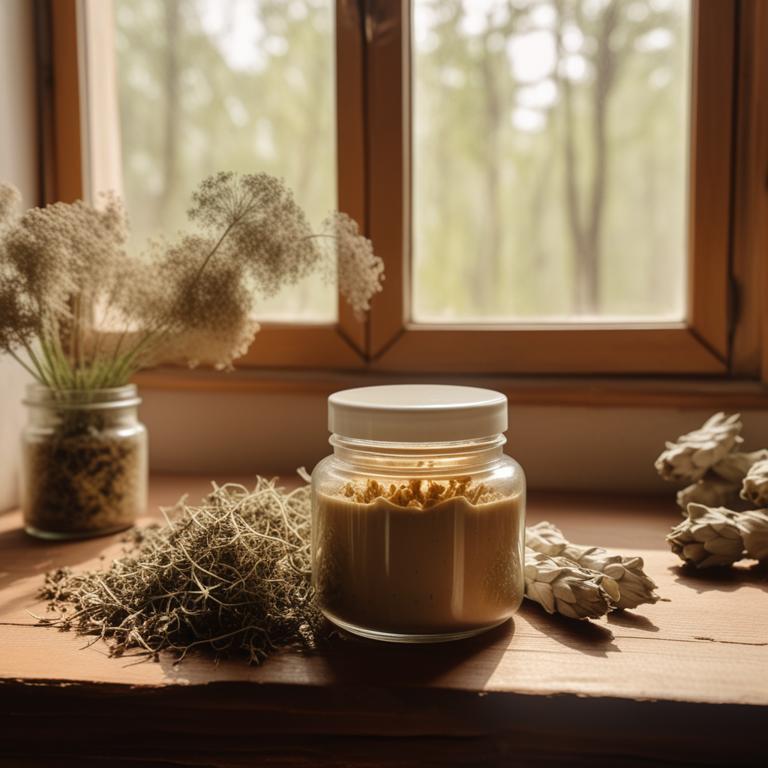
Symphytum officinale creams are a popular herbal preparation used to treat itchy skin ailments, such as eczema and dermatitis.
The anti-inflammatory and soothing properties of Symphytum officinale help to reduce the itching and discomfort associated with these conditions, providing relief and promoting healing.
The bioactive constituents of Symphytum officinale, including allantoin, flavonoids, and phenolic acids, contribute to its therapeutic effects, reducing inflammation and promoting tissue repair.
By using Symphytum officinale creams, individuals can benefit from their anti-itching and anti-inflammatory properties, leading to improved skin health and reduced symptoms of itchy skin conditions.
Related Study
According to the provided study, Symphytum officinale creams for itchy skin have a dermatologic importance of 63.59 out of 100.
6. Glycyrrhiza glabra creams

Glycyrrhiza glabra creams have been used for centuries to treat itchy skin ailments, such as eczema and dermatitis, due to their anti-inflammatory and soothing properties.
The bioactive constituents of Glycyrrhiza glabra, including glycyrrhizin and flavonoids, help to reduce skin irritation and inflammation, thereby alleviating itching and discomfort.
These creams work by reducing the production of pro-inflammatory cytokines and increasing the production of anti-inflammatory cytokines, leading to a reduction in skin inflammation and itching.
The benefits of using Glycyrrhiza glabra creams to treat itchy skin ailments include improved skin health, reduced inflammation, and a decrease in the severity of symptoms, making them a popular natural remedy for skin conditions.
7. Urtica dioica creams
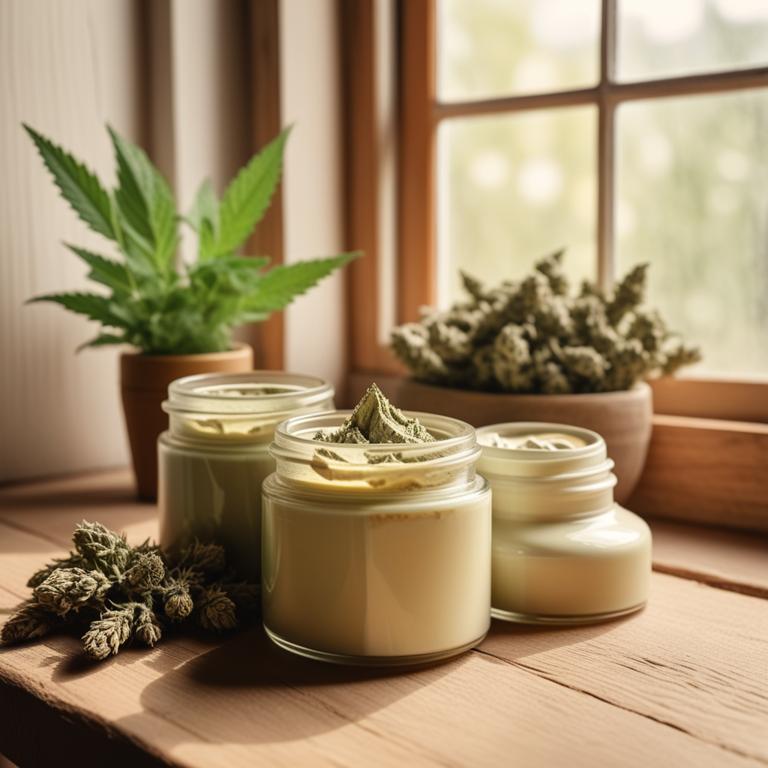
Urtica dioica creams are a popular herbal preparation used to treat itchy skin ailments, particularly nettle rash or nettle dermatitis.
The properties of Urtica dioica creams that help to treat this ailment include their anti-inflammatory, antihistamine, and moisturizing properties, which provide relief from itching and soothe irritated skin.
The bioactive constituents of Urtica dioica creams, such as flavonoids, phenolic acids, and carotenoids, help to reduce inflammation, inhibit histamine release, and promote skin hydration, ultimately alleviating the symptoms of itchy skin.
The benefits of using Urtica dioica creams to treat itchy skin ailments include their natural origin, non-greasy texture, and ability to provide long-lasting relief without any adverse side effects.
Related Study
According to "Molecules (Basel, Switzerland)", Urtica dioica creams for itchy skin may be beneficial as an extract from Urtica dioica L. was found to have anti-inflammatory properties, which can help reduce inflammation and promote healing of itchy skin, ultimately leading to faster wound healing.
8. Plantago major creams
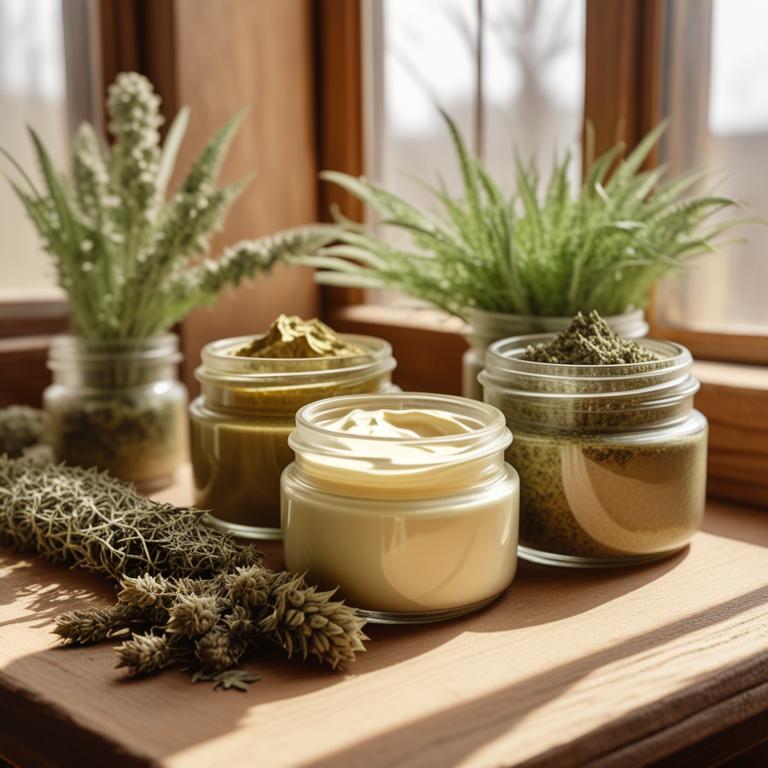
Plantago major creams have been used traditionally to treat itchy skin ailments due to their anti-inflammatory, antibacterial, and antifungal properties.
The bioactive constituents, including flavonoids, phenolic acids, and saponins, in Plantago major creams help to soothe and calm irritated skin, reducing inflammation and itching.
By forming a protective barrier on the skin's surface, these creams prevent further irritation and promote healing, thereby providing relief from itchy skin conditions.
The benefits of using Plantago major creams to treat itchy skin ailments include their non-toxic and non-irritating nature, making them a suitable alternative to conventional treatments.
Related Study
According to the study, Plantago major creams for itchy skin may be beneficial due to the anti-inflammatory properties of its extracts, such as the reduction of leukocyte migration in mice, which may help alleviate itchy skin symptoms.
9. Equisetum arvense creams
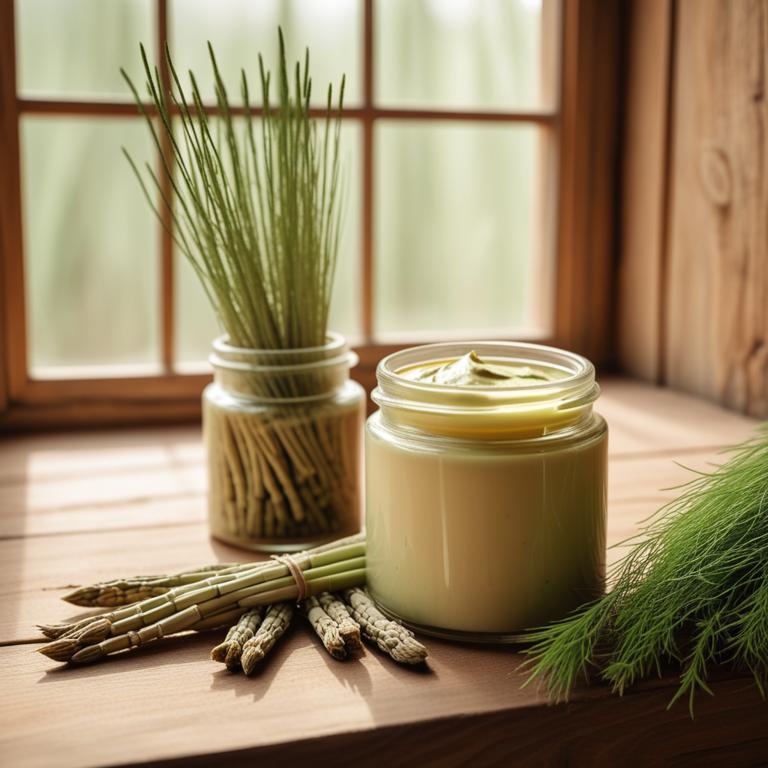
Equisetum arvense creams, also known as Horsetail creams, have been used to treat the itchy skin ailment of eczema.
The anti-inflammatory and antiseptic properties of this herbal preparation help to soothe and calm the skin, reducing the discomfort and itching associated with eczema.
The bioactive constituents of Equisetum arvense, including silica, flavonoids, and alkaloids, have been found to possess antimicrobial and antioxidant properties that help to treat eczema by reducing inflammation and promoting skin health.
Regular use of Equisetum arvense creams can help to provide long-term relief from eczema symptoms and promote overall skin well-being.
10. Arnica montana creams
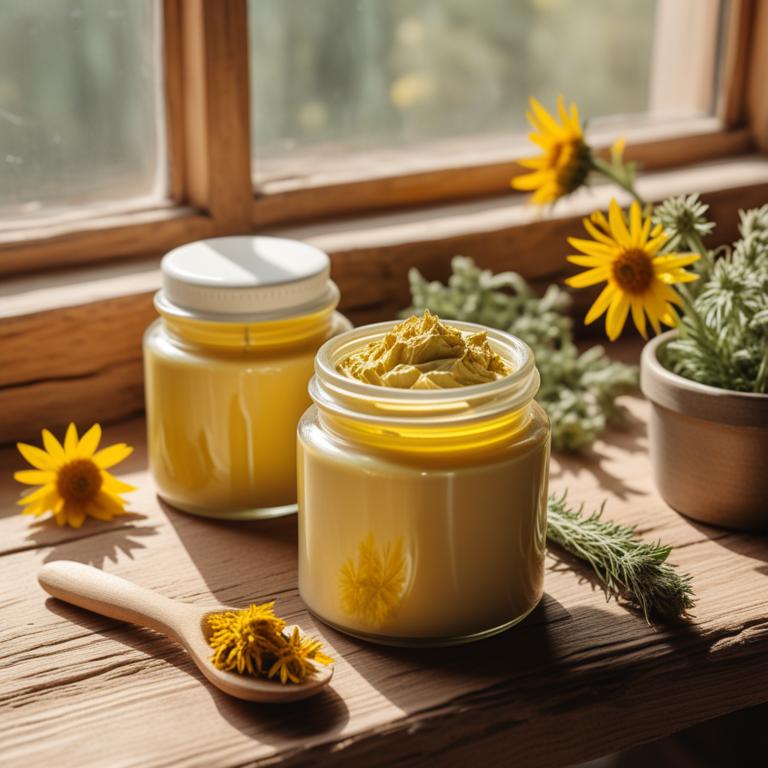
Arnica montana creams have been traditionally used to treat itchy skin ailments due to their anti-inflammatory and antiseptic properties, which help to soothe and calm irritated skin.
These creams work by reducing inflammation and preventing bacterial infections that can exacerbate itchy skin, thereby providing relief from discomfort and pain.
The bioactive constituents of Arnica montana, including flavonoids, sesquiterpenes, and phenolic acids, contribute to its therapeutic effects by reducing inflammation, promoting wound healing, and exhibiting antimicrobial activity.
By using Arnica montana creams, individuals can experience the benefits of natural relief from itchy skin, including reduced redness, swelling, and discomfort, as well as improved skin health and a faster recovery.
11. Saponaria officinalis creams
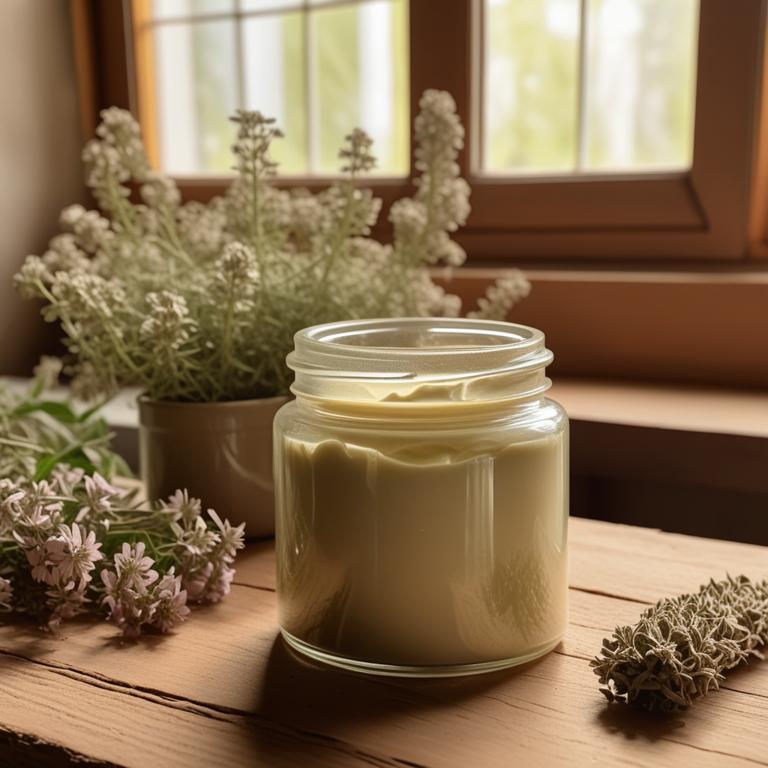
Saponaria officinalis creams, derived from the soapwort plant, are a traditional herbal remedy used to treat itchy skin ailments such as eczema and dermatitis.
The anti-inflammatory and soothing properties of Saponaria officinalis creams help to calm irritated skin, reducing redness and discomfort.
The bioactive constituents of Saponaria officinalis, including saponins and glycosides, have been found to have anti-inflammatory and antimicrobial properties that help to alleviate itchy skin symptoms.
By using Saponaria officinalis creams, individuals can experience relief from itchy skin, reduced inflammation, and improved skin health, making it a beneficial natural remedy for treating skin conditions.
12. Silybum marianum creams
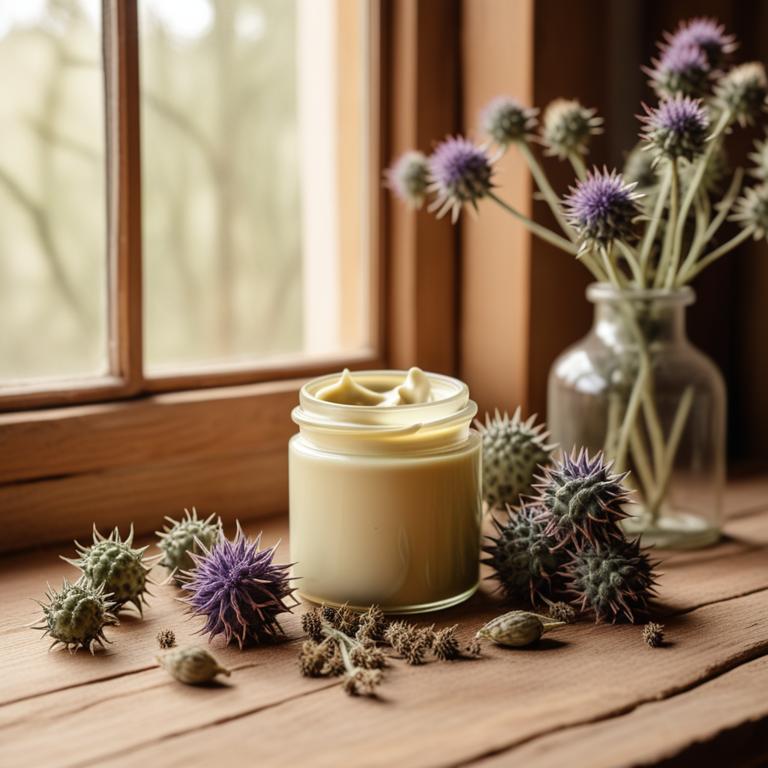
Silybum marianum creams, derived from the milk thistle plant, have been traditionally used to treat itchy skin ailments such as eczema and dermatitis.
The anti-inflammatory and antioxidant properties of this herbal preparation help to soothe and calm irritated skin, reducing redness and itching.
The bioactive constituents of silymarin, a flavonoid complex, and silychristin, a triterpene ester, in Silybum marianum creams work together to inhibit histamine release and promote skin barrier repair, leading to a reduction in symptoms.
The benefits of using Silybum marianum creams include improved skin hydration, reduced inflammation, and enhanced skin elasticity, making it a natural and effective treatment option for itchy skin conditions.
Related Study
According to "Avicenna journal of phytomedicine", Silybum marianum creams for itchy skin associated with atopic dermatitis showed a significant reduction in severity and symptoms of eczema, with a mean SCORAD score decreasing from 26.05±7.1 before therapy to 6.94±2.6 after therapy.
13. Vaccinium myrtillus creams
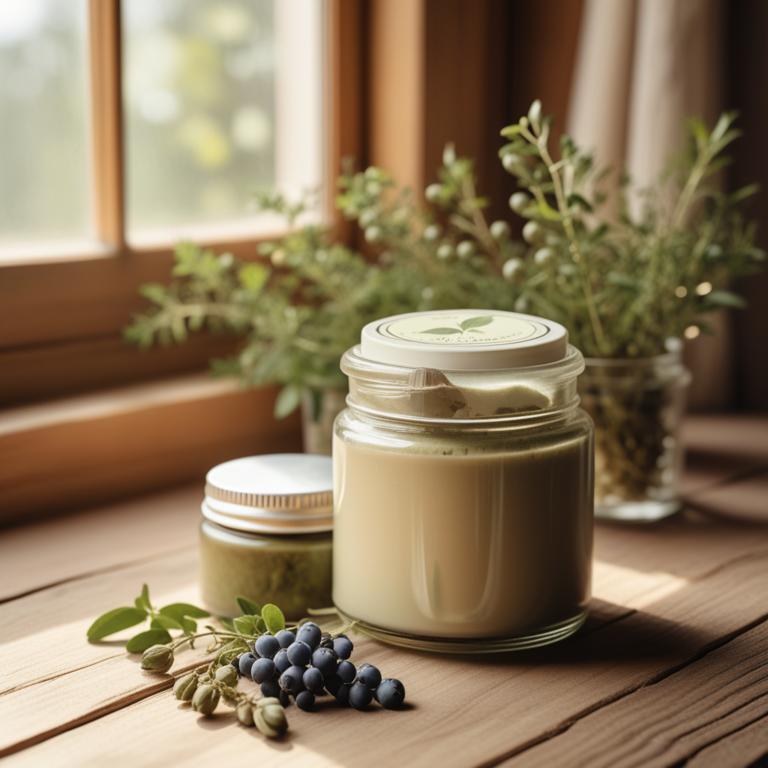
Vaccinium myrtillus creams, derived from the bilberry plant, have been traditionally used to treat itchy skin ailments.
The anti-inflammatory and antipruritic properties of these creams help to soothe and calm irritated skin, reducing the urge to scratch and promoting faster healing.
The bioactive constituents, including anthocyanins and flavonoids, present in Vaccinium myrtillus creams have potent antioxidant and anti-inflammatory effects, which contribute to their therapeutic benefits.
Regular use of these creams can provide relief from itchy skin conditions, such as eczema and dermatitis, by reducing redness, itching, and inflammation, and promoting healthy skin regeneration.